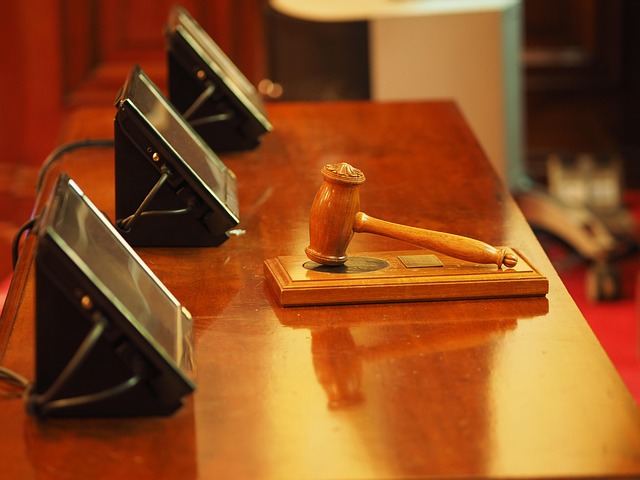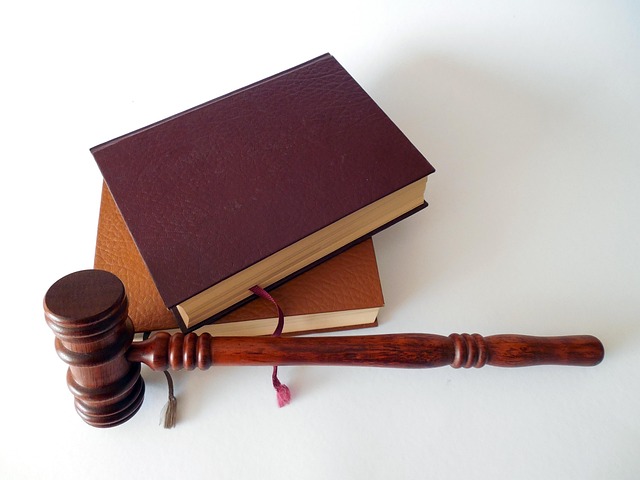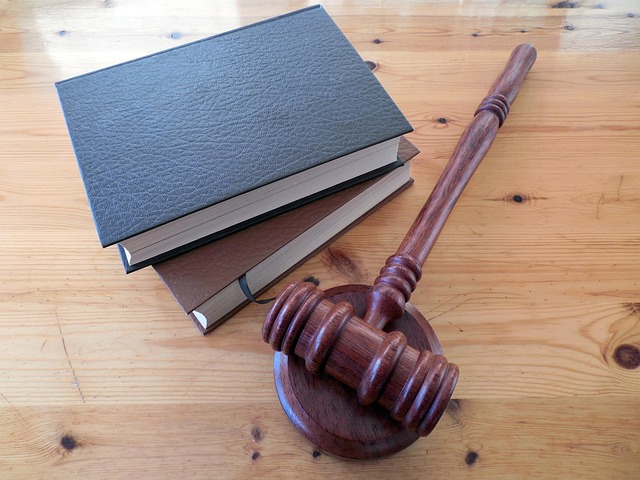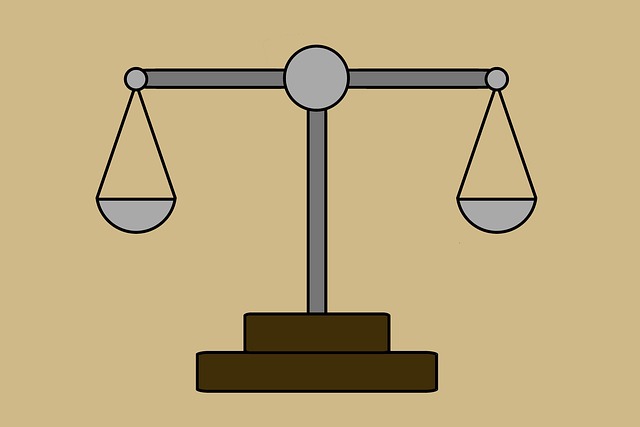Whistleblower Protection Laws (WPLs) safeguard individuals who expose illegal or unethical activities within organizations, preventing retaliation. These laws encourage employees to report misconduct without fear, as they recognize the importance of transparency and accountability. Common causes of partnership disagreements leading to whistleblowing include financial misdeeds, ethical violations, and breaches of contractual agreements. After filing a whistleblower protection lawsuit, a multi-stage legal process begins with court scrutiny and an investigation into the validity of the claim, focusing on partnership disagreements and evidence presentation. Robust white-collar defense strategies are crucial for entities facing such lawsuits, aiming for charge dismissals or challenging verdicts.
Whistleblower protection lawsuits have become a crucial tool for individuals who expose illegal or unethical activities within organizations. This article explores the intricacies of these legal battles, focusing on understanding the rationale behind whistleblower laws and common triggers for such suits. We’ll also navigate the legal process, offering insights into the steps to take after filing a claim. By delving into these aspects, we aim to highlight how whistleblowers can protect their rights, especially in cases involving partnership disagreements, where trust and transparency are paramount.
- Understanding Whistleblower Protection Laws and Their Rationale
- Common Triggers for Whistleblower Protection Lawsuits
- Navigating the Legal Process: Steps After Filing a Claim
Understanding Whistleblower Protection Laws and Their Rationale
Whistleblower Protection Laws (WPLs) are designed to safeguard individuals who expose illegal or unethical activities within their organizations from potential retaliation. These laws recognize the vital role whistleblowers play in promoting transparency and accountability, especially in cases of corporate fraud, environmental violations, and public health risks. By providing legal protections, WPLs encourage employees to report such misconduct without fear of adverse consequences.
The rationale behind these laws is grounded in the belief that organizations should be held accountable for their actions, and employees who bring these issues to light deserve protection. Common Causes of Partnership Disagreements, often leading to whistleblowing, include conflicts over financial misdeeds, ethical violations, or breaches of contractual agreements. A robust white collar defense strategy is crucial for entities facing such lawsuits, aiming for a complete dismissal of all charges or winning challenging defense verdicts.
Common Triggers for Whistleblower Protection Lawsuits
Whistleblower protection lawsuits often arise from significant concerns regarding unethical practices within organizations. The catalyst for such legal actions can be various, but several common causes of partnership disagreements lay at the heart of these disputes. One of the primary triggers is when individuals who have inside knowledge of fraudulent or illegal activities choose to expose them, sometimes at great personal risk. This decision is typically prompted by a breakdown in internal checks and balances, where employees feel their ethical concerns are ignored or not adequately addressed by management.
Another prevalent reason involves white-collar and economic crimes, such as fraud, embezzlement, or corruption, which often require outsiders to bring attention to the misconduct due to the involvement of powerful figures within organizations. Additionally, philanthropic and political communities may find themselves at odds when whistleblowers reveal misuse of funds or unethical behavior related to charitable initiatives or government affairs. These cases highlight the crucial role whistleblowers play in holding institutions accountable throughout all stages of the investigative and enforcement process.
Navigating the Legal Process: Steps After Filing a Claim
After filing a whistleblower protection lawsuit, individuals navigating the legal process must be prepared for a series of steps that span all stages of the investigative and enforcement process. This period involves several critical actions. Initially, the court will review the claim to ensure it meets the necessary legal requirements. If the petition is deemed valid, the case advances, triggering a thorough investigation into the alleged violations. During this phase, both parties present their evidence, with the plaintiff detailing the harm caused by the partnership disagreement and the defendant offering their defense.
The complexity of these cases, often involving high-stakes situations, demands meticulous attention to detail. Common causes of partnership disagreements, such as disputes over financial matters, operational decisions, or strategic direction, become focal points during this process. Legal teams must meticulously document every step to build a robust case, ensuring the plaintiff’s rights are protected throughout the respective business environment’s unique challenges.
Whistleblower protection lawsuits play a pivotal role in upholding ethical conduct within organizations, ensuring that individuals who expose wrongdoing are safeguarded. By understanding the legal framework and common triggers, such as fraud, environmental violations, or public health risks, whistleblowers can navigate the legal process with confidence. Whether it’s a dispute between partners (Common Causes of Partnership Disagreements) or corporate malfeasance, these lawsuits foster transparency and accountability, ultimately contributing to a fairer and more responsible business landscape.






